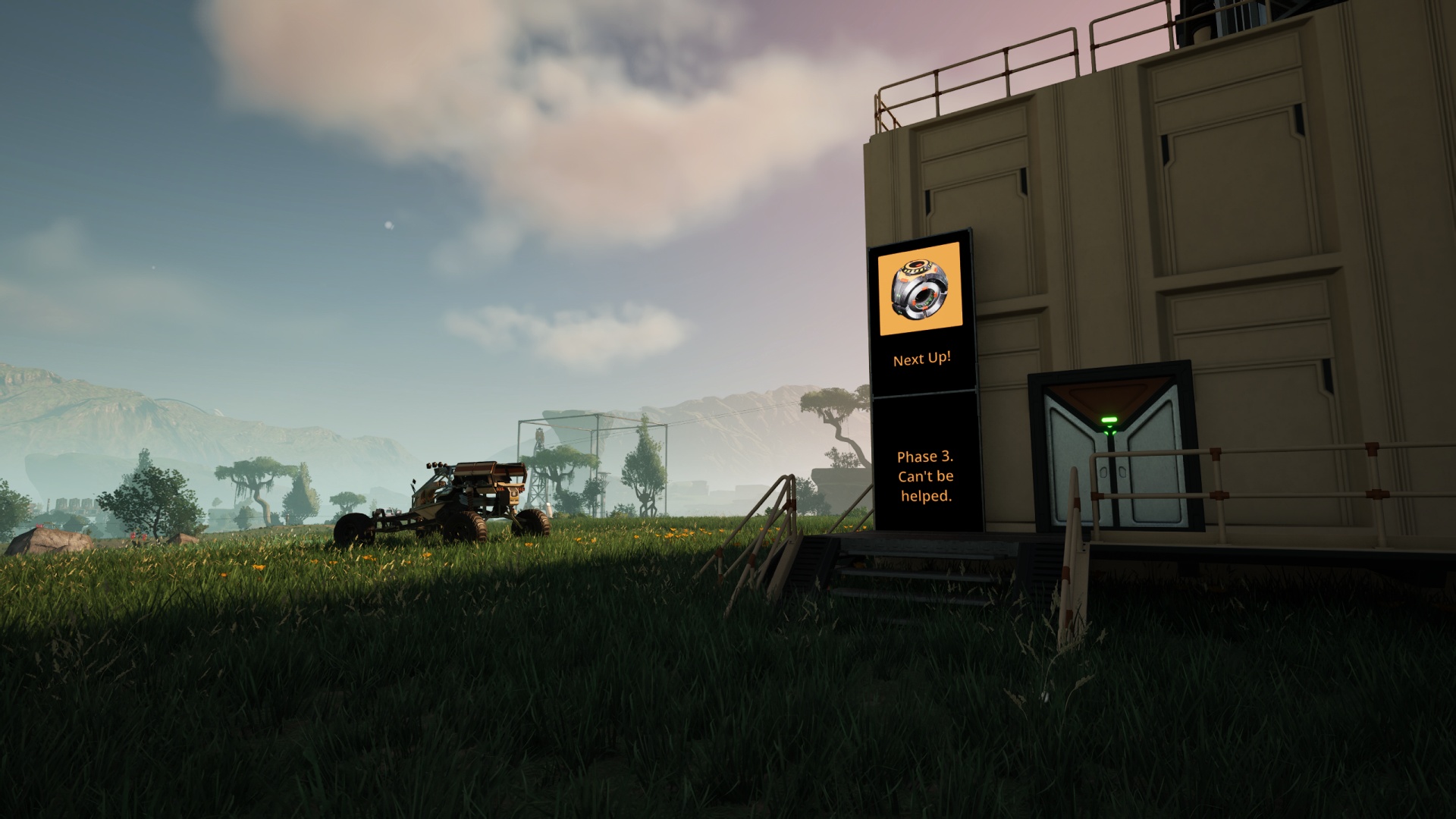Let me tell you how the sequence of events went down. (“Down” being the operative, or inoperative, word.)
1) Something Happens at about 5:30 this morning. (All times Pacific, thank you.) Perhaps one Audicy session too many was opened, perhaps it was just that the server had had enough. Either way, the Audicy server and (probably) the two workstations began flooding the network with traffic. Also, the Audicy server’s root partition is chock-full, which is likely the cause of the commotion (as the clients madly try to read and write data on the server).
2) A bit after 6:00, my phone beeps to let me know that we can no longer communicate with Entercom Corporate over the WAN. This happens fairly often, and usually clears itself up, so I fail to panic and instead go back to bed.
3) A bit after 7:00, my phone rings. It’s John Graefe, my boss at Corporate, asking why our WAN router is incommunicado. Whoopsie. I tell him I’ll jet right down to the office and Deal With It.
4) By 8:00, I’ve burped the WAN router to no avail.
5) At about 8:30, I notice that the main office network switch is saturated. Instead of happily blinking busy little activity lights, the whole display is lit solid. This worries me. I ponder burping the switch, but that would kick everybody in the building off the network, causing all kinds of chaos. Instead I start pulling plugs, briefly, one by one until the lights go dark(er).
6) I discover that unplugging the cable that connects to the Audicy server makes Everything All Better. Upon investigation of the server, I see that the root partition is full. Unloading the Netware emulation code frees up space. I decide to reboot the machine. This is great, but Linux insists on checking all the partitions since the machine hasn’t been rebooted in ages.
7) While the 60-plus gigabyte partition is being slowly fsck’d (and that’s a technical term, thank you), I look in horror at the central switch, which has again lit up solid.
8) After unplugging a series of cables around the server room, kicking half the building off the network in the process, I discover that a machine in Production Room 3 is the culprit. Hmm, what’s in there? Oh yes. An Audicy workstation. The workstation in question is powered down, which makes Everything All Better Yet Again.
9) I check the Audicy server, all seems well. For grins and chuckles (since both workstations are turned off) I upgrade the kernel from 2.4.0-test10 to 2.4.20, mostly in the vain hope that the memory/space leak will go away.
10) The Audicy server is rebooted on the new kernel, and the Production Room 1 workstation is brought back online and tested for network connectivity. All is well. The Production Room 3 workstation, already due to be removed since there’s now a ProTools workstation in place, is completely disconnected pending physical removal from the room.
There’s my morning in a nutshell… an appropriate receptacle. Now, if you’ll excuse me, I’m going to attempt to rehabilitate the general-purpose computer in Production Room 5, which seems to have suffered a catastrophic failure for unknown reasons…
